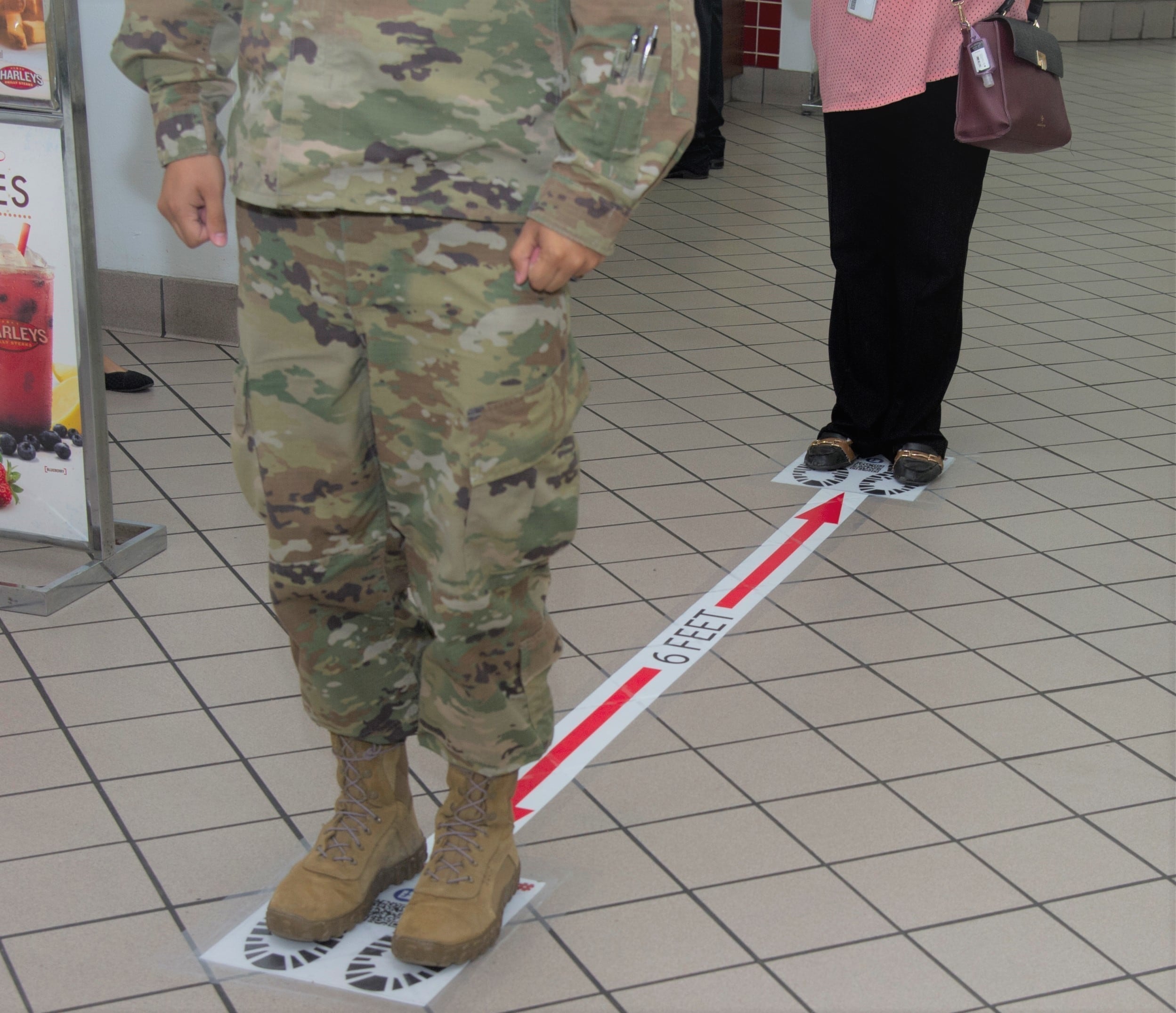The Defense Department reported 52 more cases of COVID-19 Friday morning, and while it’s a still a jump from Thursday’s number, the 8-percent rise is smallest increase the Pentagon has reported all week.
There are now 309 service members 134 civilians, 108 dependents and 62 contractors who have tested positive for coronavirus, according to the latest numbers, reflecting a 10-percent increase in troops and dependents but the first 24-hour period this week where no new DoD civilian or contractor cases were reported.
But Thursday also saw the second DoD-affiliated death from the pandemic, of a Joint Base Langley-Eustis, Virginia, soldier’s spouse, the installation commander confirmed. The first came Saturday, of a Crystal City, Virginia-based Pentagon contractor.
Friday’s numbers put troops’ infection rate at 238-per-million, still ahead of the overall U.S. rate of 209-per-million, though the general public is closing the gap. The U.S. death rate, however, continues to far outpace the armed forces: 1.5 percent to zero within active duty personnel, and 0.3 percent of overall DoD cases.
In an effort to further stop the pandemic’s spread, the entirety of DoD went to Health Protection Condition C this week, vastly restricting who can come onto installations, as well as the entrances they can use.
RELATED

Some organizations have also begun screening personnel for symptoms and fevers before allowing them to enter sensitive spaces, though so far none have gone as far as several American posts in South Korea, who began screening everyone coming on and off when the virus hit hard several weeks ago.
At the same time, commanders have been given broad latitude to separate their troops and practice accountability as they see fit.
“I can’t put out a blanket policy, if you will, that we would then apply to everybody, because every situation’s different,” Defense Secretary Mark Esper told Military Times on Monday. “Tell me how I would implement six-feet distancing in an attack submarine? Or how do I do that in a bomber with two pilots sitting side-by-side?”
But he does expect leaders to follow guidance as best they can.
“You take prudent measures as best you can given the situation you’re in,” Esper said in a live town hall meeting Tuesday, broadcast from the Pentagon’s briefing room. “If you can avoid putting a large number of people in small rooms, you should do it.”
Meghann Myers is the Pentagon bureau chief at Military Times. She covers operations, policy, personnel, leadership and other issues affecting service members.





